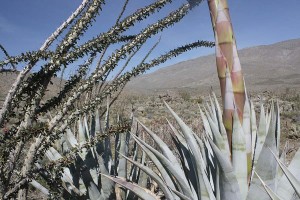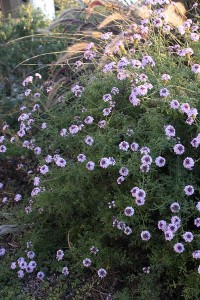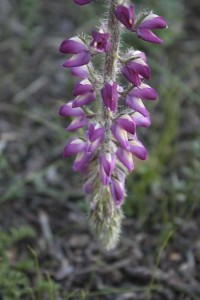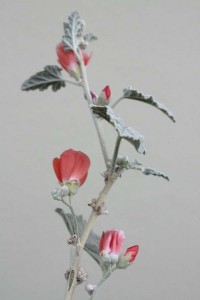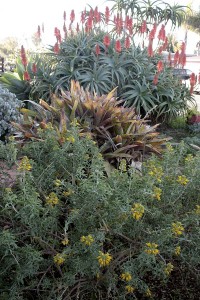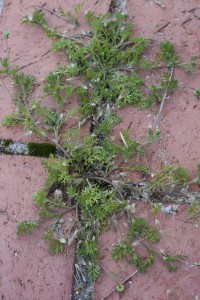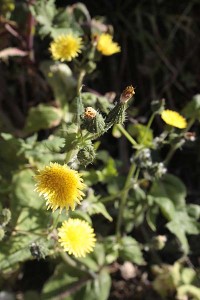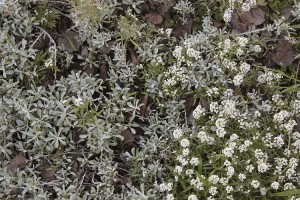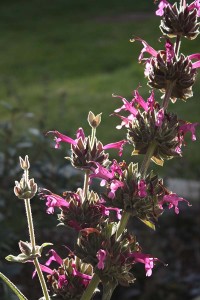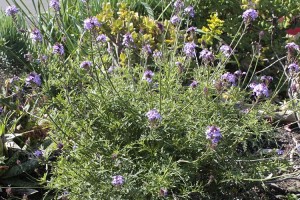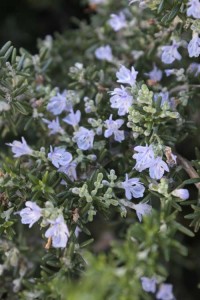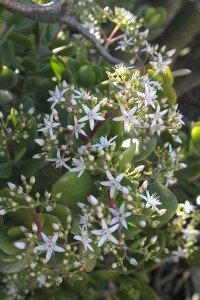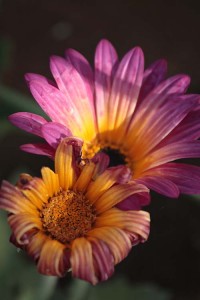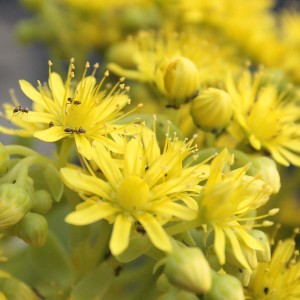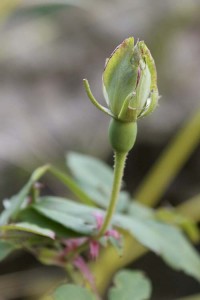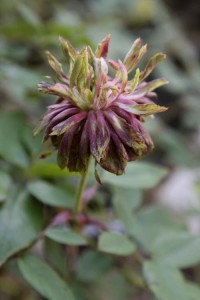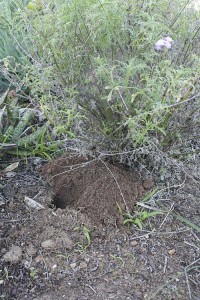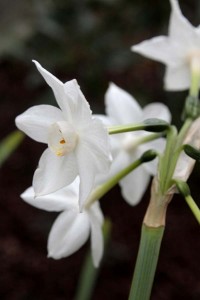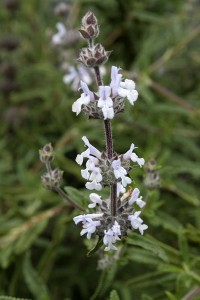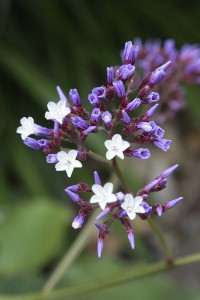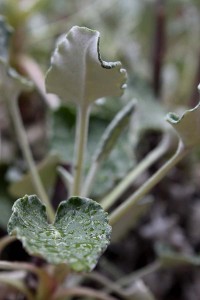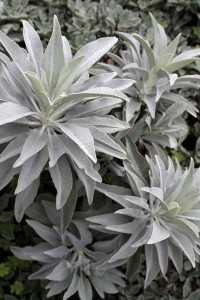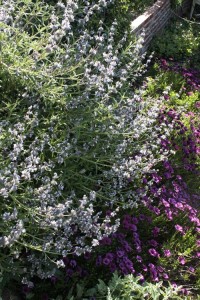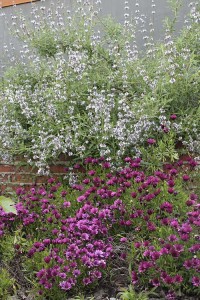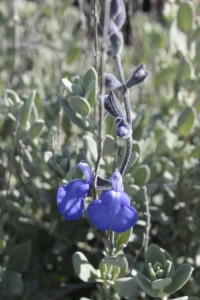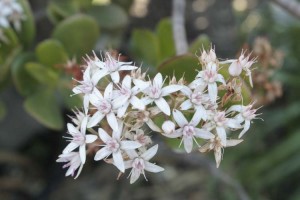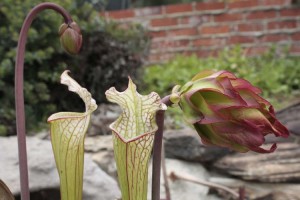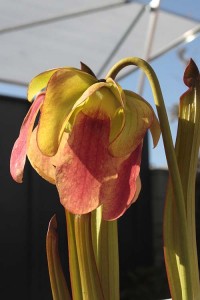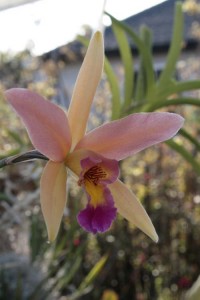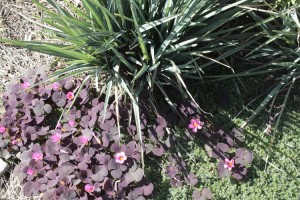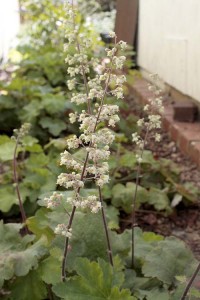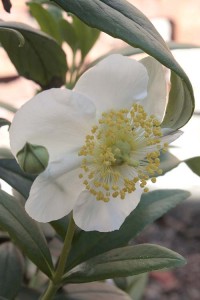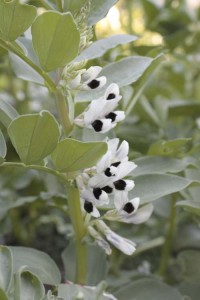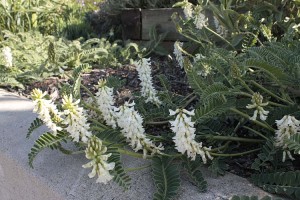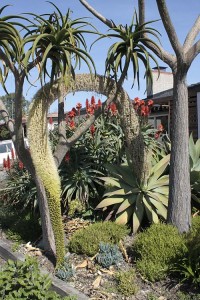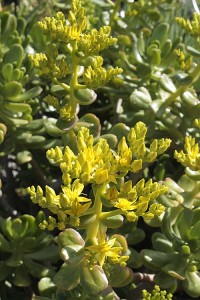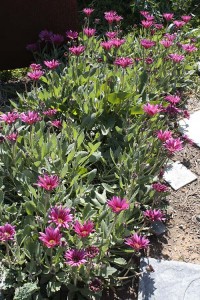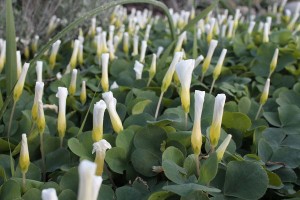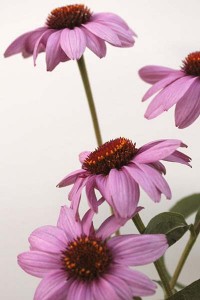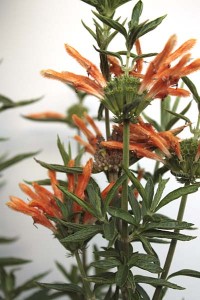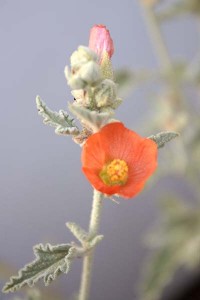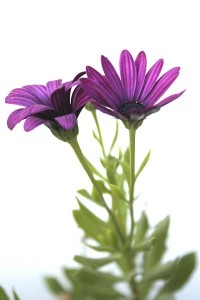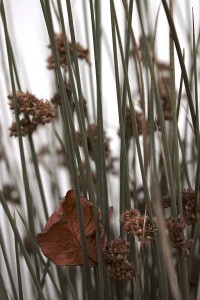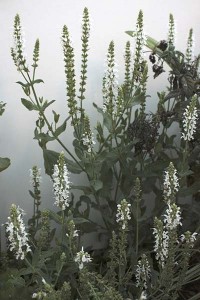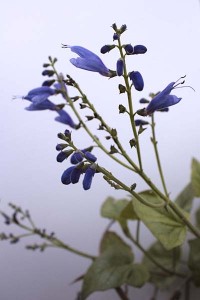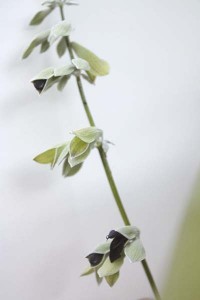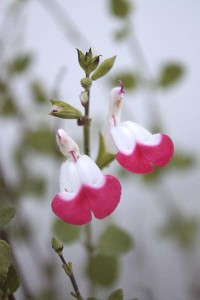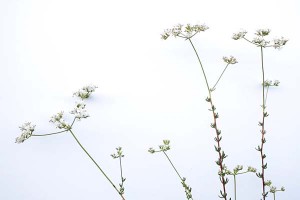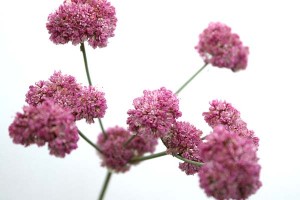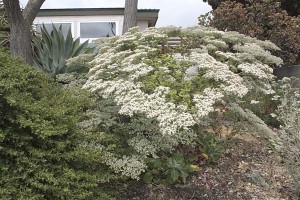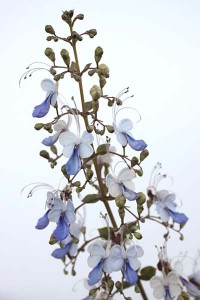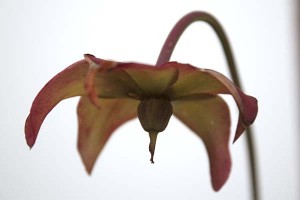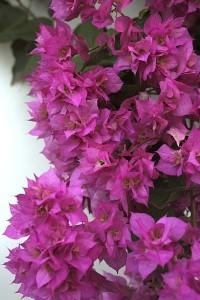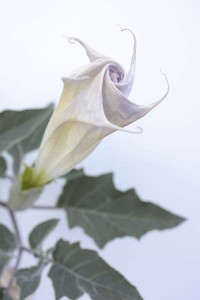Sunday I went for a little plant walk out to Anza-Borrego Desert State Park. It’s been a good year for desert flowers, but it’s not one of those spectacular seasons when the ground pulsates purple with sand verbena or gold with brittlebush. Some of the ocotillo were in bloom, and the desert agaves like this one (Agave deserti) were sending up their pink and green stalks.
Lots else was in bloom. But as I review the photos from the trips I’m finding that I’m staring at a pile of images of plants I don’t know the names of. I’ll share more of the pictures than this first one once I get them a little better organized and the plants matched up with my list of names.
Since it’s Garden Bloggers’ Bloom Day I’ll share with you some plants from my garden that I do know the names of. Some of these are old friends that have been blooming for a while, and I’ve been sharing over past Bloom Days. But a lot of these are just coming into bloom for the first time this year.
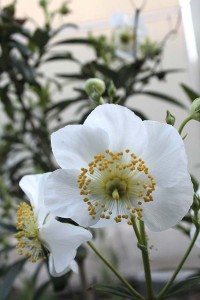

Many of these plants survive in the garden with minimal added water. The climate in this area is dry in a coastal-influenced sort of way. I might water once or twice a month in the summer, but the frequent morning overcast and occasional fog helps keep the plants hydrated. Additionally the plants in the garden have enjoyed a slighter higher than average rainfall so thoughts of the dry summer ahead aren’t in the minds of these plants. Spring is here.
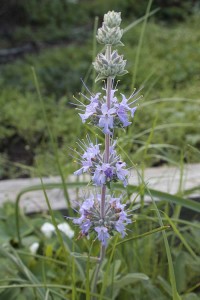

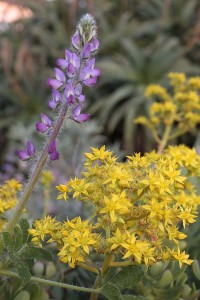
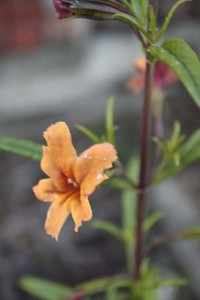





Some parts of the garden get treated to more frequent watering.
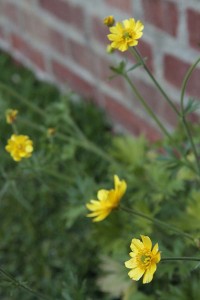

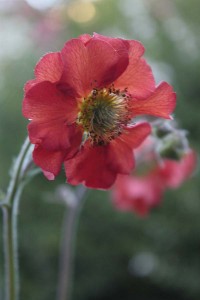
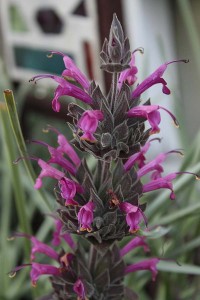
And these last two of these go about as far from desert plants as you can get without getting aquatic plants. Both of these grow in my bog gardens, with their feet in standing water most of the year.
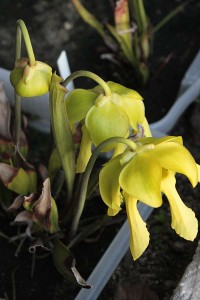

Head over to Carol’s blog, May Dreams Gardens, to check out all the other bloggers celebrating Garden Bloggers’ Bloom Day!

